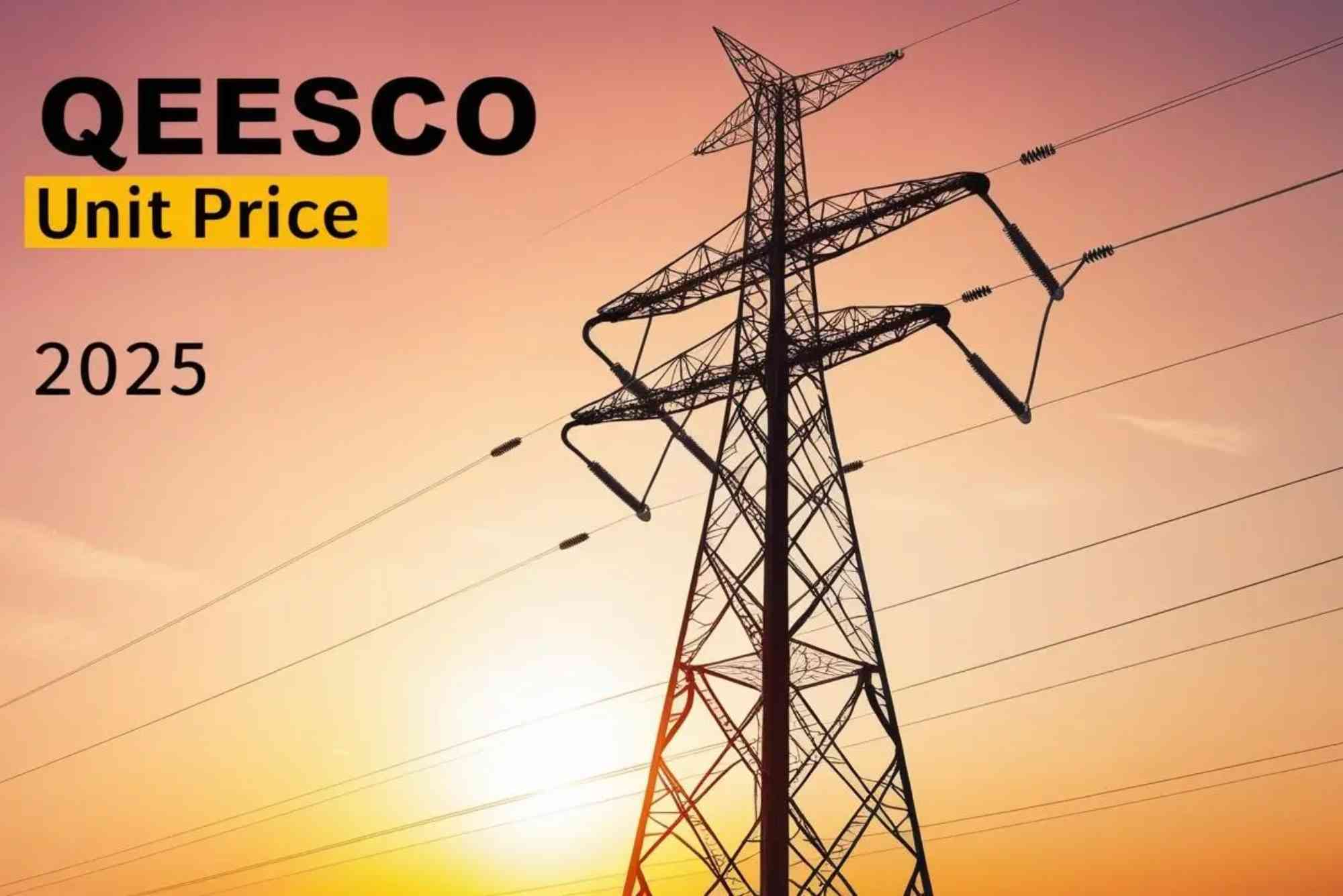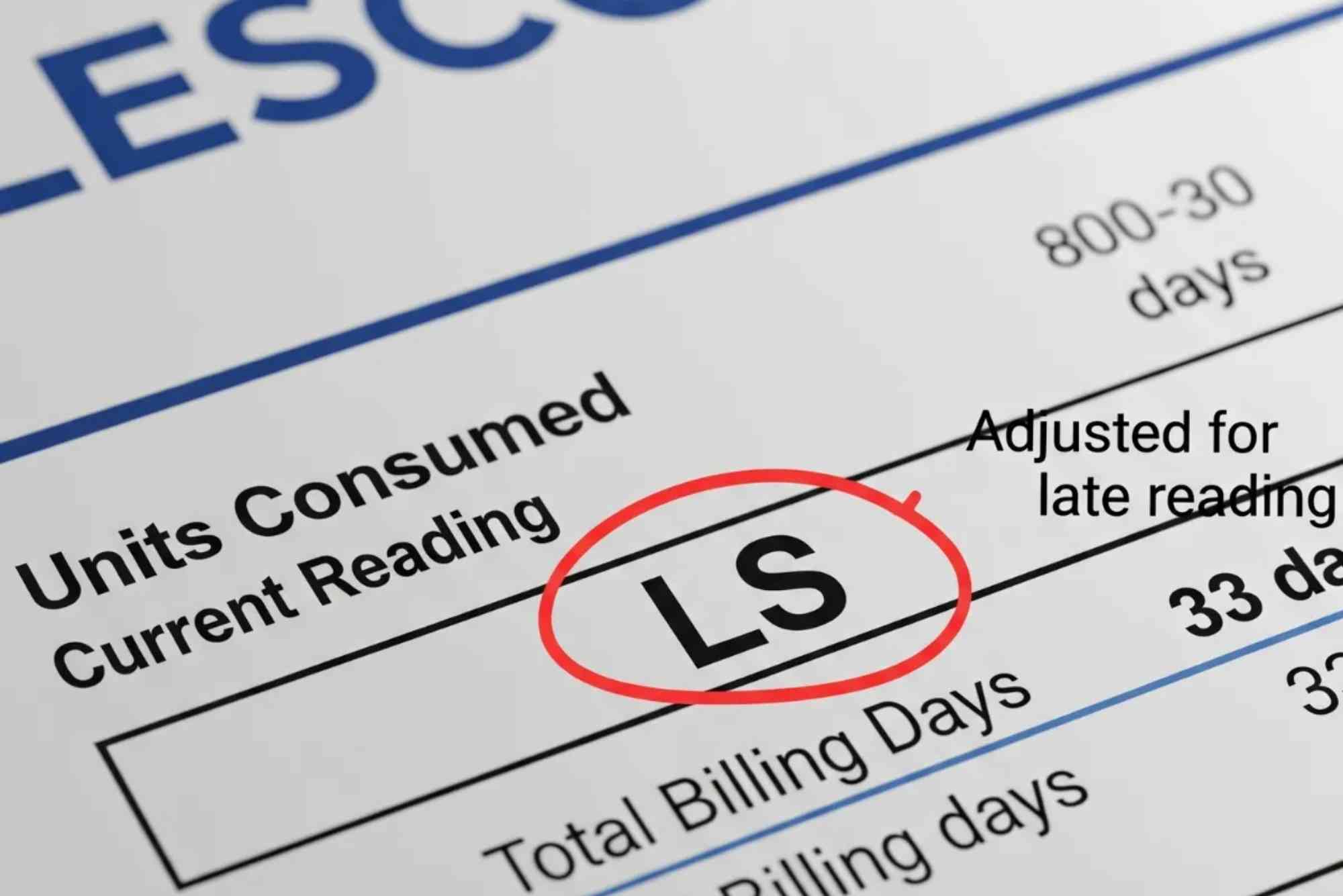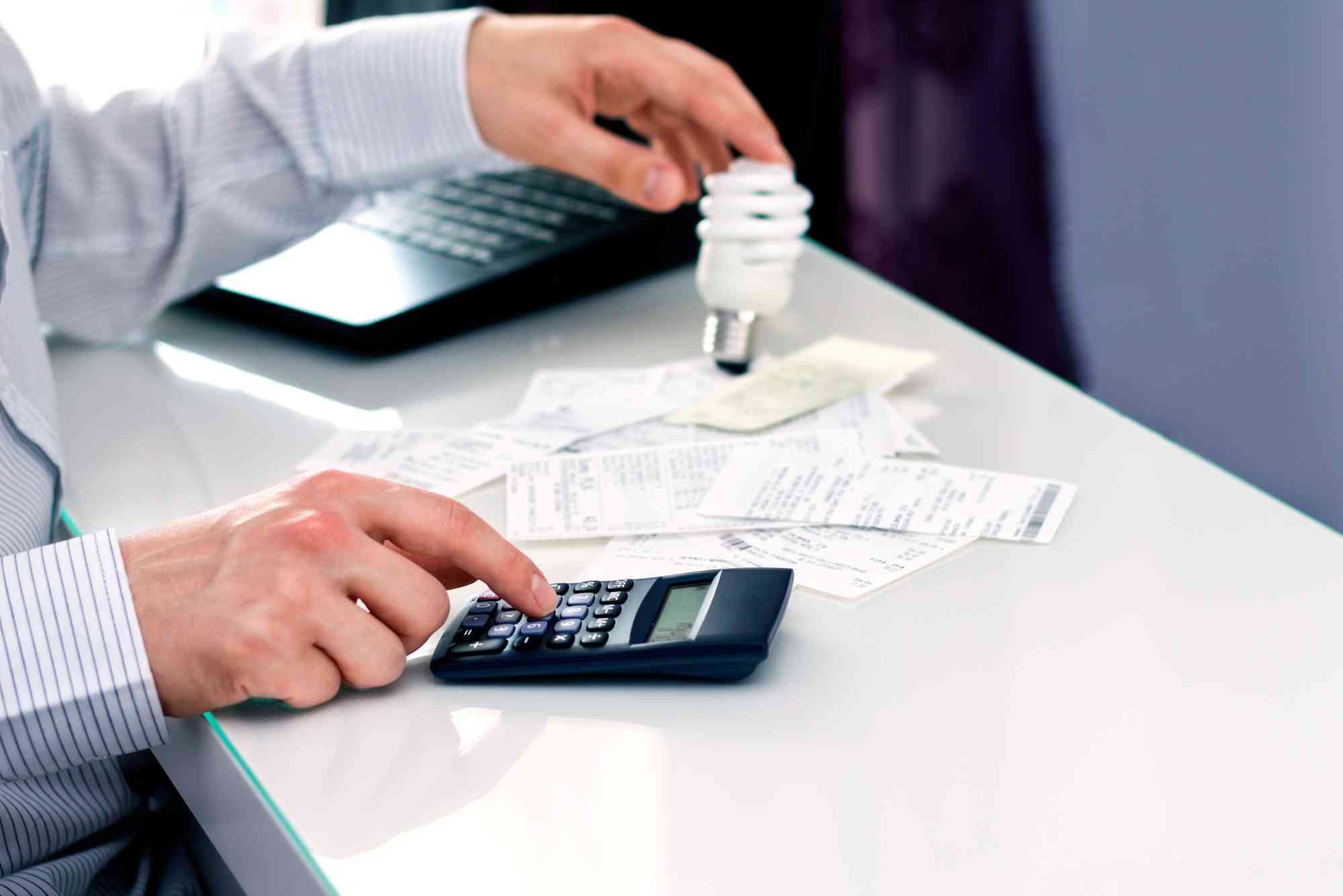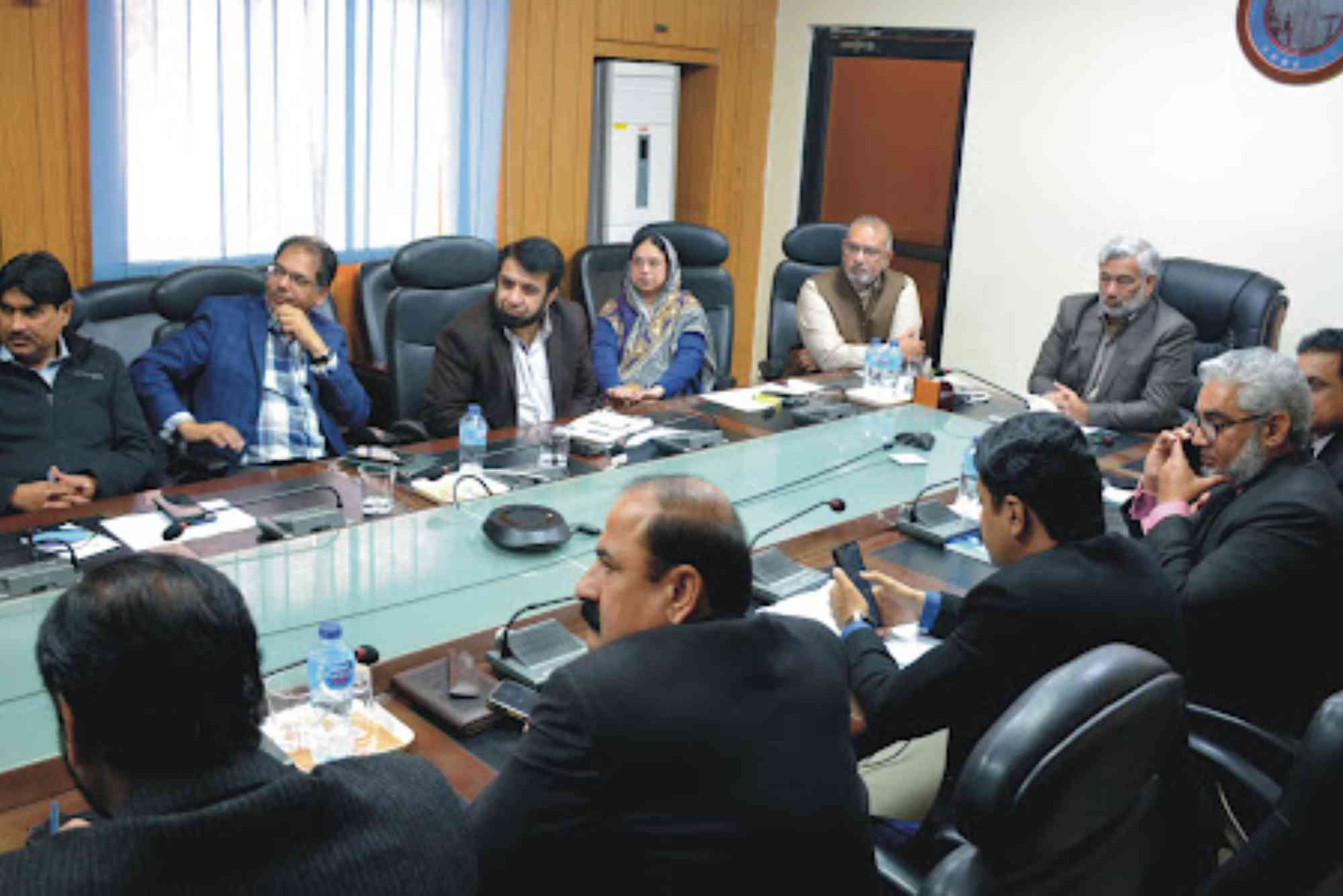Complete Guide to IESCO Tarrif (IESCO)
The electricity tariff is one of the most important concerns for households and businesses across Pakistan, especially in the Islamabad region where Islamabad Electric Supply Company (IESCO) operates. Understanding the IESCO Tarrif helps consumers manage their bills better, plan energy usage, and avoid unexpected costs. Since energy prices are revised regularly, having an updated and clear understanding of the tariff structure is essential. This complete guide will break down what IESCO tariff means, how it is structured, the slabs for domestic and commercial users, and how customers can check and manage their bills online.
What is IESCO Tarrif?
The term IESCO Tarrif refers to the official electricity pricing schedule applied by Islamabad Electric Supply Company. It defines the per-unit rate of electricity depending on customer category, consumption level, and usage type. Like other DISCOs (Distribution Companies) in Pakistan, IESCO follows the tariff set and approved by NEPRA (National Electric Power Regulatory Authority). The tariff system ensures transparency while allowing adjustments based on fuel charges, government subsidies, and seasonal variations.
Why Understanding IESCO Tarrif is Important
For most consumers, electricity bills can take up a large portion of household or business expenses. By understanding IESCO tariff rates, customers can forecast their monthly bills, reduce unnecessary consumption, and benefit from energy-saving practices. Businesses also use this knowledge to optimize their operating costs. Moreover, tariff awareness enables customers to identify billing errors and track changes in government policies affecting electricity pricing.
Categories of IESCO Tarrif
IESCO tariff is divided into different categories depending on the type of consumer. These categories ensure that residential, commercial, industrial, and agricultural users are charged fairly according to their consumption pattern.
Domestic Tarrif
This applies to households and is structured in slabs. The rates vary based on monthly electricity consumption. Smaller consumers are charged at lower rates while higher usage leads to progressively higher per-unit charges. Domestic tariffs also often benefit from subsidies to protect low-income households.
Commercial Tarrif
Shops, offices, small businesses, and commercial establishments fall under this category. The per-unit rate is higher compared to domestic users since businesses consume more energy and operate longer hours. Demand charges may also apply depending on the connection type.
Industrial Tarrif
Factories and production units consume large amounts of electricity, so they are billed under specialized industrial slabs. Industrial tariffs may include peak and off-peak rates to encourage efficient energy use. These tariffs are usually designed to balance the energy demand and supply in the region.
Agricultural Tarrif
Farmers who use electricity for tube wells and irrigation systems fall under the agricultural tariff. These rates are often subsidized to support the agricultural sector and food production in Pakistan.
Special Tarrif Categories
Government institutions, hospitals, and other specific organizations may have separate tariffs depending on their role and importance in public service.
IESCO Tarrif Slabs for Domestic Consumers
The slab system is the most important part of the IESCO Tarrif for households. It means that the electricity rate changes depending on how many units a household consumes in a month.
1–50 units are charged at the lowest rate.
51–100 units fall under the second slab, slightly higher than the first.
101–200 units are billed at a medium rate.
201–300 units are charged at higher per-unit costs.
301–700 units carry premium rates.
Above 700 units, the highest per-unit rate applies.
This system ensures that smaller consumers get protection, while higher consumption leads to progressively higher bills.
Peak and Off-Peak Rates
For consumers with Time of Use (TOU) meters, IESCO applies different tariffs during peak and off-peak hours. Peak hours (usually evening) carry higher rates because demand is highest. Off-peak hours, such as late nights or early mornings, have lower rates. Understanding this structure helps large consumers, especially businesses, reduce costs by shifting operations to off-peak times.
Common Adjustments in IESCO Tarrif
Besides the base tariff, electricity bills also include several adjustments:
Fuel Price Adjustment (FPA) based on changes in fuel costs.
Quarterly Tariff Adjustment as per NEPRA’s review.
Taxes such as GST, TV License Fee, and Income Tax.
Subsidies or relief packages announced by the government.
Consumers should be aware of these components since they can significantly impact the final bill.
How to Check IESCO Bills Online
With digital facilities, customers can now monitor and manage their bills more conveniently. If you want to calculate how tariffs affect your bill, you can use the IESCO Online Bill Check service. This feature allows users to view their bills, download duplicates, and check payment history without waiting for paper bills. Similarly, the Online Bill Check service offers access to other electricity company bills in Pakistan, making it a handy tool for those with multiple connections.
How IESCO Tarrif Affects Households
For domestic consumers, small differences in per-unit charges can lead to major monthly impacts. For instance, crossing a slab can increase the overall bill even if only a few extra units are consumed. That is why energy-saving appliances, responsible usage, and keeping consumption below certain slabs help in reducing bills. Families should monitor their monthly usage regularly to avoid higher tariffs.
How Businesses Can Manage IESCO Tarrif
Businesses in Islamabad and Rawalpindi rely heavily on IESCO electricity. Understanding the tariff helps them plan operations effectively. For example, commercial setups can reduce peak-hour usage by scheduling heavy machinery in off-peak hours. Similarly, installing solar panels as an alternative source can reduce dependency on high-tariff electricity.
Energy Saving Tips for Lower Bills
Use LED lights instead of incandescent bulbs.
Switch off appliances when not in use.
Run heavy appliances like washing machines during off-peak hours.
Invest in energy-efficient air conditioners and refrigerators.
Consider renewable energy options to reduce dependency on grid electricity.
These simple steps, combined with awareness of IESCO Tarrif, can significantly lower monthly bills.
Latest Updates on IESCO Tarrif
Since tariff rates are revised frequently, customers should stay updated through NEPRA and IESCO’s official announcements. The government often changes the tariff due to international fuel price fluctuations, economic conditions, and energy policies. Regular updates ensure consumers are not caught by surprise when new rates are implemented.
Understanding IESCO Tarrif is the first step to smart electricity consumption in Islamabad and Rawalpindi. Whether you are a household or a business, being aware of tariff categories, slabs, and adjustments helps in reducing costs and planning energy use. With digital solutions like IESCO Online Bill Check, staying updated with your bills is now easier than ever. Take charge of your electricity usage today, monitor your monthly units, and adopt energy-saving practices to keep your costs under control.
FAQs
What is the IESCO tariff for domestic consumers?
The IESCO domestic tariff is based on slabs, where the per-unit rate increases with higher consumption.
How can I check my IESCO bill online?
You can use the official IESCO portal or trusted platforms such as IESCO Online Bill Check to view and download your bill.
Why do electricity bills include Fuel Price Adjustments?
Fuel Price Adjustments reflect changes in fuel costs used for power generation, passed on to consumers monthly.
Does IESCO have separate rates for peak and off-peak hours?
Yes, for TOU consumers, peak hours are charged at higher rates, while off-peak hours carry reduced charges.
How can I reduce my IESCO electricity bill?
By staying within lower slabs, using energy-efficient appliances, and shifting usage to off-peak hours, you can reduce bills.
Are IESCO tariff rates subsidized?
Yes, subsidies are often applied for lower slabs of domestic and agricultural consumers to make electricity affordable.
Do businesses get different IESCO tariffs?
Yes, commercial and industrial users have separate tariff structures, usually higher than domestic rates.
















